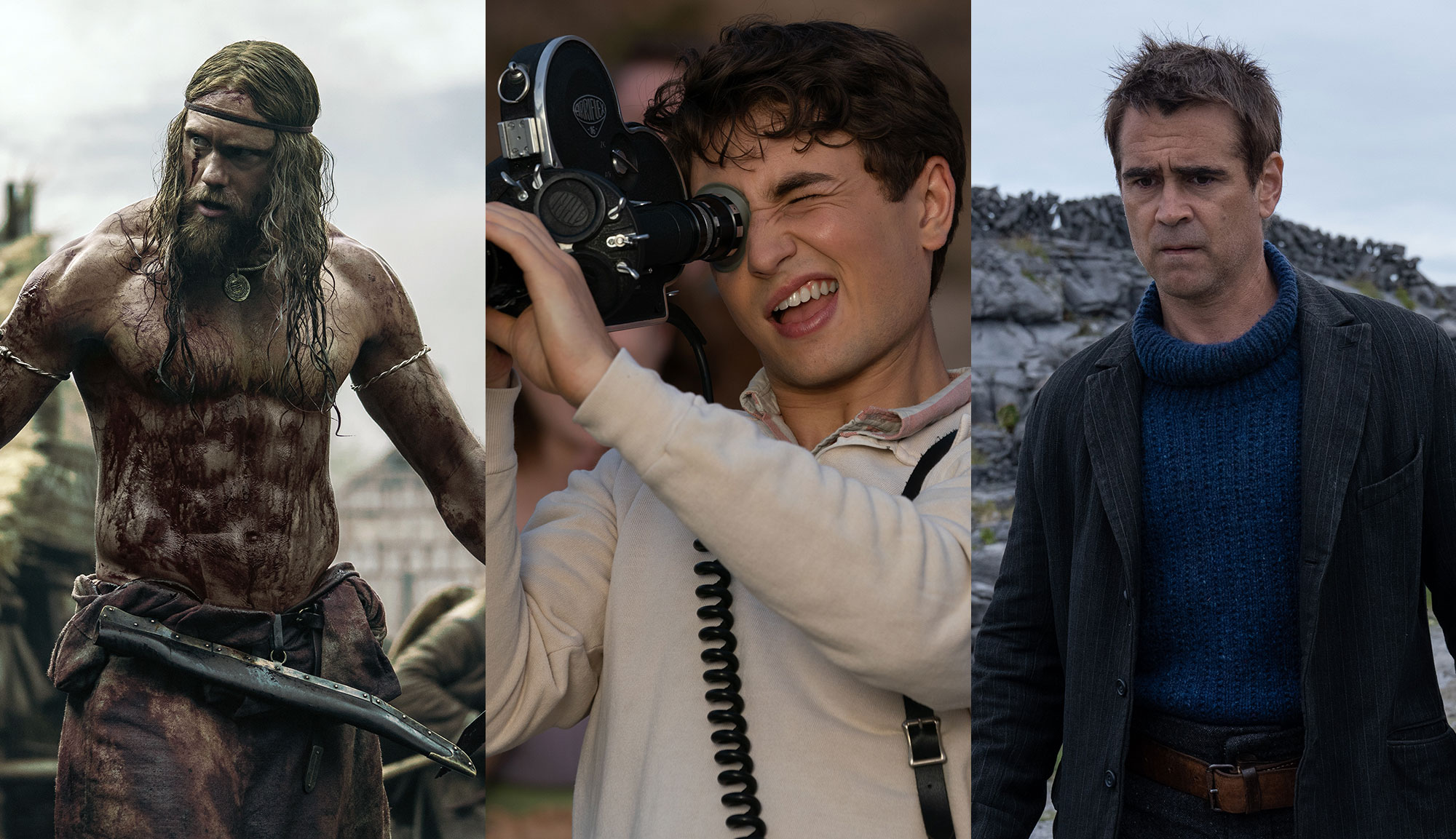
One of these years, things will finally feel like something akin to normalcy. With 2022, we’re certainly closer than we were in 2021 (not to mention 2020). At the movies, this was a year of long waits finally coming to an end. Steven Spielberg made “The Fabelmans,” the film that directly addresses the divorce of his parents; David Cronenberg directed a body horror film for the first time since the 90s; and Todd Field returned to the director’s chair after a decade and a half with “Tár.” Additionally, after a long delay due to the pandemic, Tom Cruise returned to the skies with the year’s biggest surprise hit, “Top Gun: Maverick,” and 2022 also marked the return to Pandora, something James Cameron has been threatening for what seems like a century. Perhaps unsurprisingly, then, nostalgia for a bygone era was one of the strongest themes running throughout cinema from the theater to the couch. Luckily, quite a few of them were quite good. Here’s my list of the ten best.
10. “BABYLON“
This may seem odd considering I just gave the film a somewhat middling review on this very website not too long ago, but in the minutes, hours and days since going to my screening of Damien Chazelle’s orgiastic look at 1920s Hollywood, it has obstinately refused to leave my brain. I don’t think it’s perfect, and I still don’t love how he decides to end it, but there are moments and sequences in “Babylon” that go so far above and beyond anything else I’ve seen on screen in 2022 that I can’t deny it a place on this list. Designed to show the seedy underbelly behind the glitz and glamor from the perspective of a go-getter Mexican immigrant (Diego Calva), a star on the rise (Margot Robbie) and a fading actor (Brad Pitt), “Babylon” leaves little left to the imagination over three hours and years of in-movie time passing. It shares plenty of DNA with “Singin’ in the Rain” but is far more cynical for the most part. There are definitely times that it doesn’t work as well as it should but plenty more times that it’s ten times the film of anything else released in 2022. I’m looking forward to a rewatch that will hopefully cement it as perhaps the magnum opus of a young director with a lot of talent and a lot of years still in front of him.
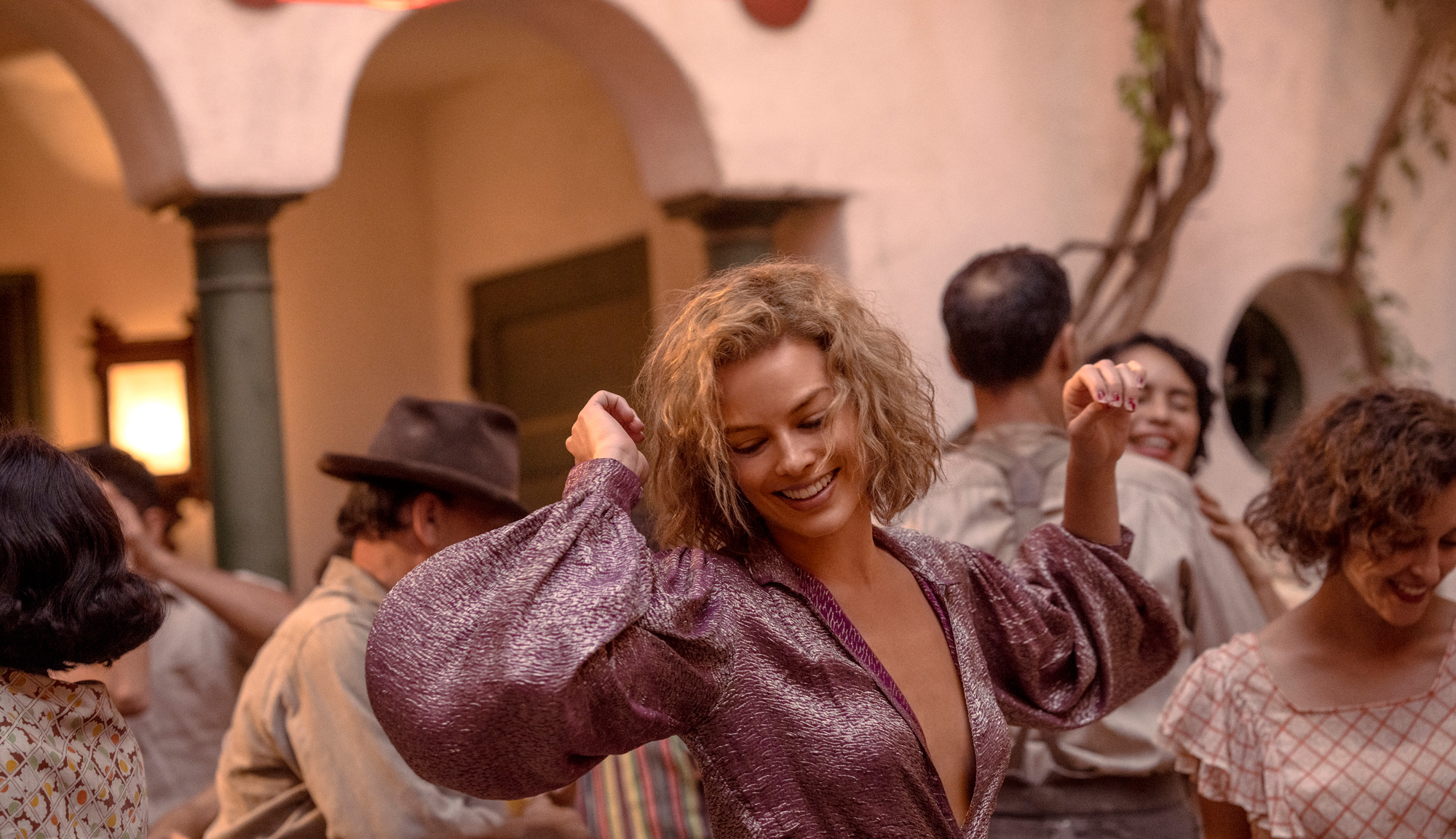
9. “EVERYTHING EVERYWHERE ALL AT ONCE“
As one of the diehard fans of directing duo Daniels’ (Daniel Scheinert and Daniel Kwan) debut feature, “Swiss Army Man,” it’s still a bit wild seeing a film almost every bit as idiosyncratic in “Everything Everywhere All at Once” catch on in the way that it has. For good or ill (depending on your personal proclivities), Daniels may be the ultimate millennial directors, raised on the quick cuts and post-modern sensibilities of the MTV generation combined with the fearlessness of people who are too young to know better. Whereas the movie about the farting corpse played by Harry Potter was too out there for most, a multiverse-spanning film about a woman just trying to do her taxes conscripted into a war that threatens the very fabric of reality across all lifetimes seems a little more palatable for a culture that’s become defined by superhero movies. That doesn’t mean Daniels have held back. Far from it. In many ways, “Everything Everywhere All at Once” is just as insane as “Swiss Army Man,” with its hot dog fingers and its Raccacoonie and its butt-plug mercenaries, so it’s nice to see this one hit it big. The boundless creativity these filmmakers have shown in their careers is finally being acknowledged by the world en masse, and it’s a good feeling.
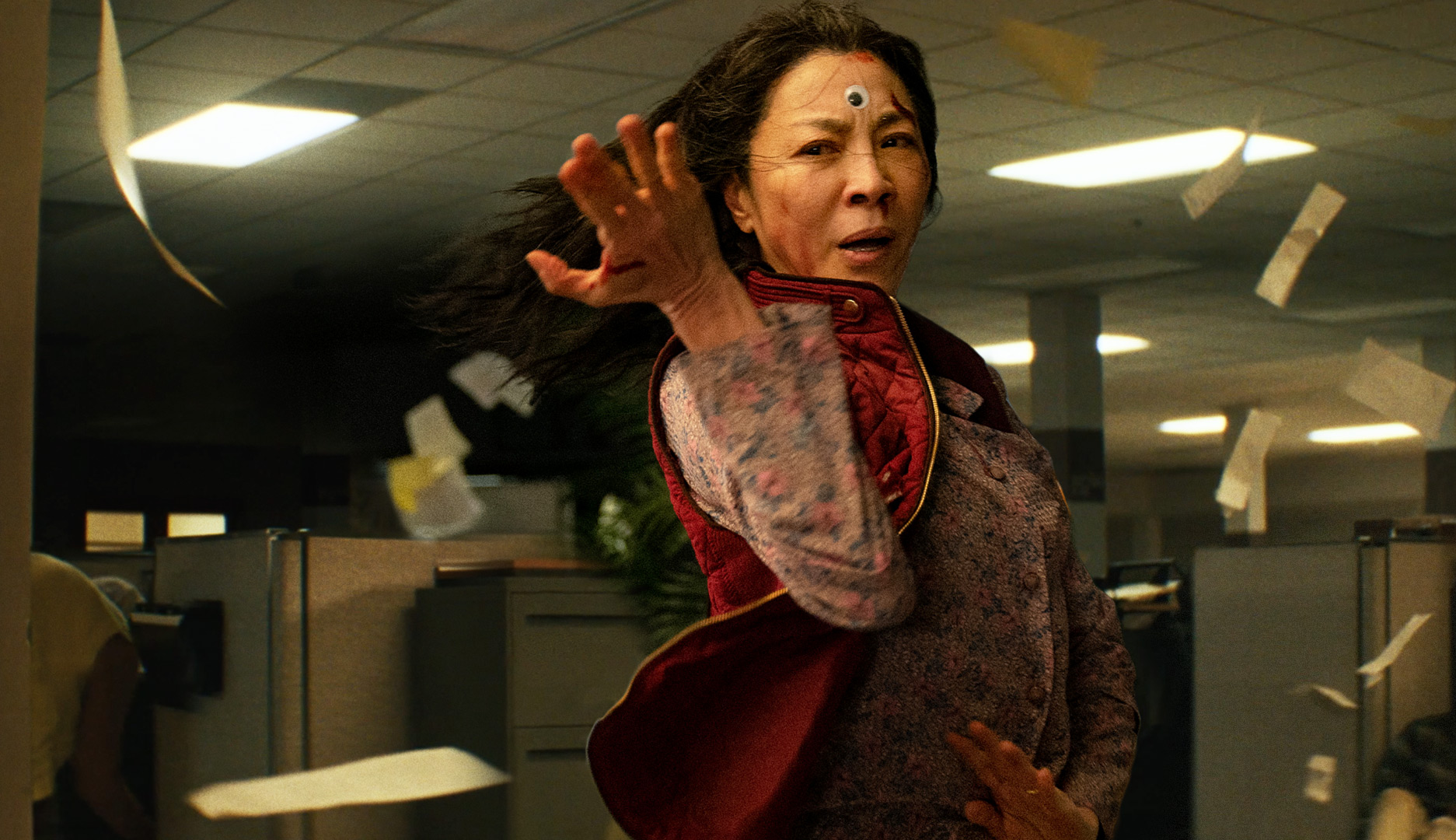
8. “CRIMES OF THE FUTURE“
What does an environmentalist film from David Cronenberg look like? If you had, “Dystopian future where people are forcefully evolving themselves to be able to eat plastic instead of food,” you got it in one. “Crimes of the Future” is the first true-blue body horror film that Cronenberg has made since “eXistenZ” — a moody little picture about a performance artist (Viggo Mortensen) who grows brand new organs and has them removed by his partner (Lea Seydoux) as the central gimmick of their live acts. This is a far moodier and more restrained film than some of Cronenberg’s more ambitiously gory body horror films of the past, defined by the ongoing discomfort of Mortensen’s body as it changes and wracks him with constant pain. It’s a tough performance — one of shambles and groans and relying on H.R. Giger-esque chairs designed to provide him comfort when nothing else will. “Crimes of the Future” may not be as grimy as his more classic examples of the genre, but even as he approaches his ninth decade on this planet, Cronenberg still has a trick or two up his sleeve.
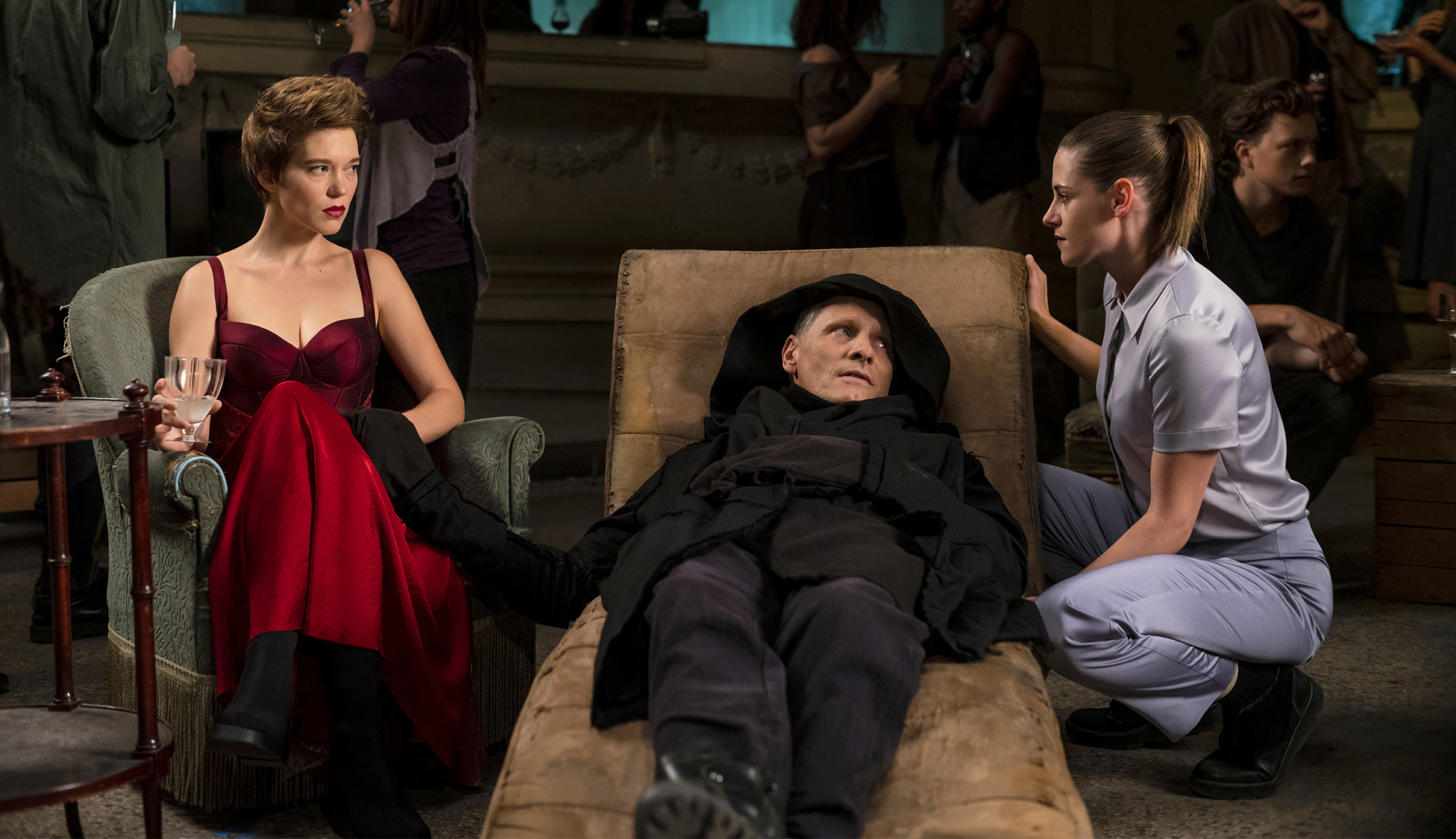
7. “THREE THOUSAND YEARS OF LONGING“
I think it’s cool as hell that George Miller gets to make movies again. His latest, “Three Thousand Years of Longing,” could not be more different than “Mad Max: Fury Road,” the film that gave him new life in the industry, but that’s always been Miller’s M.O. Here, he goes all-in on magical realism, spinning a wonderful tale about a cynical scholar of “narratology” (Tilda Swinton) who happens upon a bottle that contains a djinn (Idris Elba) while on a work trip in Istanbul. What follows is somewhat of a modern take on “One Thousand and One Nights,” with Elba’s djinn telling the various stories of his past masters and imprisoners to prove the worth of a wish to a woman who knows how all of those stories end in fiction. This is a movie about love fighting against the intellectual assumption that it isn’t worth your time or won’t work out in the end, with Swinton and Elba playing beautiful foils to each other in that sense. But where “Three Thousand Years of Longing” comes alive is when it dives into the memories of the djinn, letting Miller cut loose and make enchanting and enticing vignettes that you never want to see an end to. As he continues to age, it’s hard to tell how many films are left in Miller’s career, and “Three Thousand Years of Longing” bears the quality of a life well-lived.
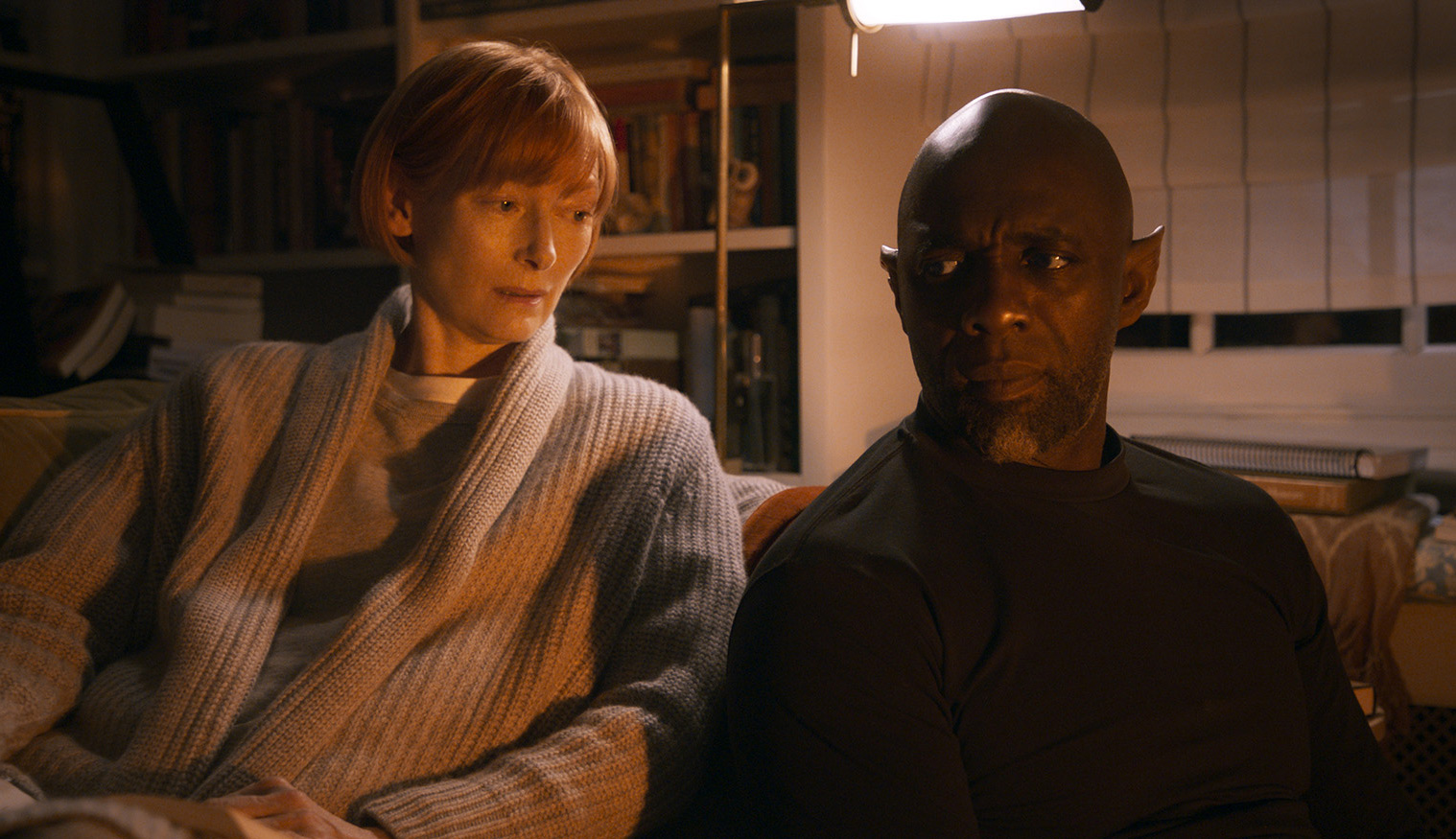
6. “NOPE“
It’s still wild to me that the guy who played the likes of The Player Formerly Known as Mousecop on “Key & Peele” has become perhaps the most preeminent up-and-coming suspense director in the game today, and yet here we are. Comfortably batting three for three, “Nope” sees Jordan Peele turn his eye to Spielberg by making his own take on “Jaws” set in a remote horse ranch outside Hollywood that’s run by a family whose pedigree dates back to the beginning of film itself. Daniel Kaluuya and Keke Palmer have natural chemistry as siblings on opposite sides of a coin — Palmer is all outgoing and full of showmanship while Kaluuya is far more aloof. It’s how they respond to an unexplained phenomenon that reveals itself as a UFO-like monster in the sky that “Nope” becomes something special. Like Peele’s previous two films, “Nope” is awash in symbolism and thematic resonance, this time about the exploitation of black people in Hollywood, the way fame and childhood trauma can cause history to repeat itself, and the pull of influencer culture among other concepts. At this point, I’ll watch Peele do anything because he hasn’t steered us wrong yet.
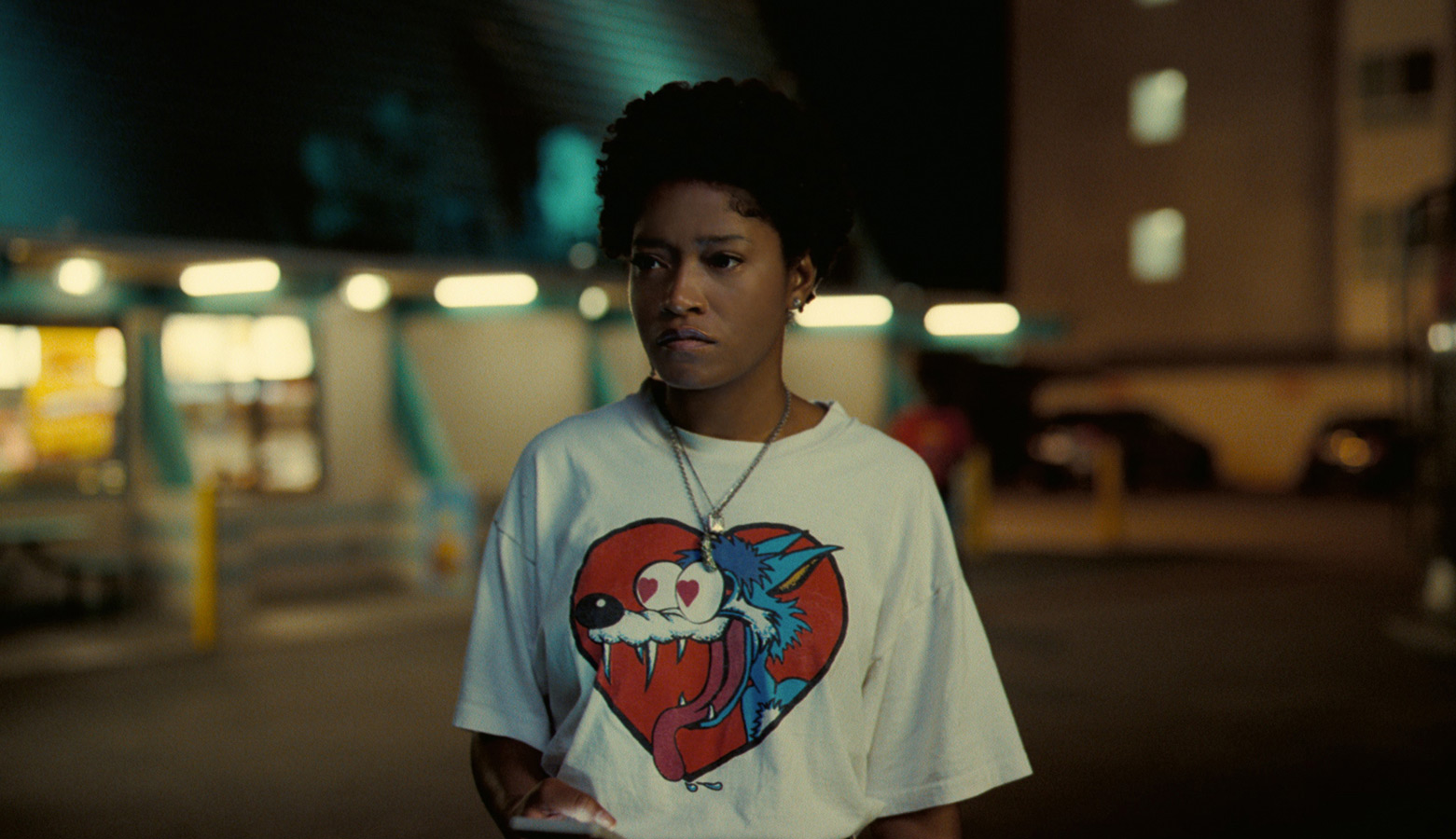
5. “TÁR“
For anyone in the know, this movie is all about Cate Blanchett. As Lydia Tár, a conductor at the top of her field who has become the first female leader of the Berlin Symphony Orchestra, Blanchett owns the screen for the entirety of the two-and-a-half hours of Todd Field’s character study, doing the sort of work that makes you believe she’s been conducting for her entire life. But this isn’t just 158 minutes of the minutiae of orchestra politics; it’s about how people in power can so easily take advantage of those below her, and how such actions are not nearly as acceptable in current society as it has been in the past. Some (and by “some,” I mean a cadre of bad actors) have called this movie a treatise on the dangers of cancel culture threatening to rob this woman of her livelihood. But make no mistake, Lydia Tár is entirely deserving of everything Field does to her, even if Blanchett is undeniably mesmerizing in her portrayal. Thus, “Tár” becomes a movie about a woman whose world is crashing down all around her and the lengths she will go to try to preserve her way of life. Field hasn’t directed a movie in 16 years, and while I doubt he’s been working tirelessly on this thing the whole time like James Cameron did with “Avatar: The Way of Water,” this one was very much worth the wait.
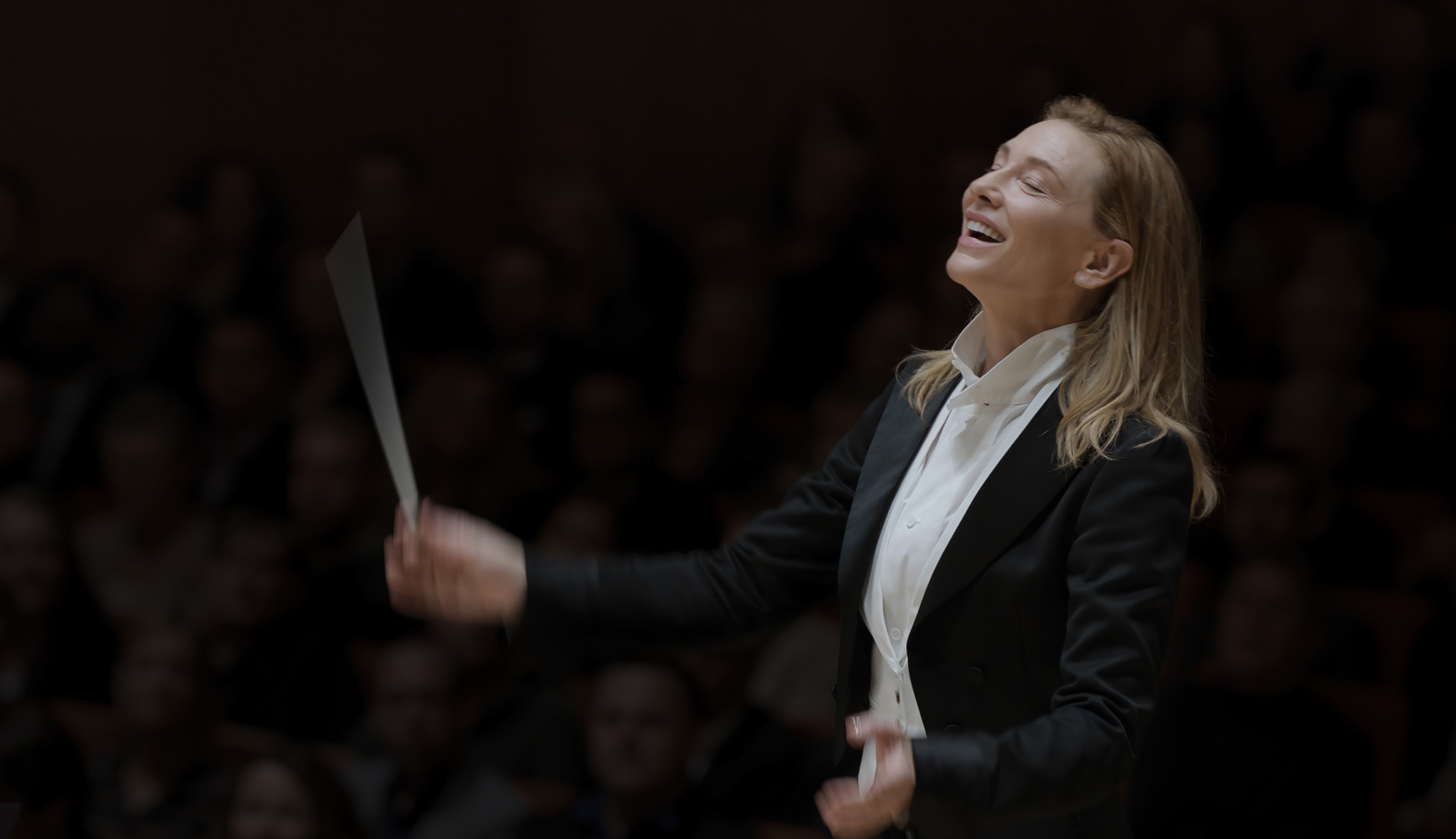
4. “ALL THE BEAUTY AND THE BLOODSHED“
Laura Poitras’ newest documentary is ostensibly about performance artist and photographer Nan Goldin, but the scope of its subject goes far beyond that. Goldin has spent the majority of her life living and working in and around the underground LGBT counterculture of New York from the ‘70s to the present day. In addition to talking through her life in Goldin’s own words, “All the Beauty and the Bloodshed” is anchored around two major moments in time that came to deeply affect her life and the lives of everyone around her: the AIDS epidemic of the ‘80s and the opioid epidemic of, well, always. Specifically, the film chronicles Goldin’s activism work with PAIN, a group that has put Purdue Pharma, the creators and marketers of oxycontin, in their direct sights. It turns out that the family behind Purdue, the Sacklers, have deep philanthropic ties to the museum industry — something that doesn’t sit well at all with a bunch of artists who barely survived the 80s only to get hooked on opiates to make the pain go away, finding themselves riddled with debt, dependency and death. “All the Beauty and the Bloodshed” ping-pongs back and forth between Goldin’s life and her activist pursuits, often set to archival footage of her slideshow performance art. A searing polemic against the moneyed class and the government, this is the sort of documentary that makes you sit up and pay attention. And what else could you possibly want from activist art?
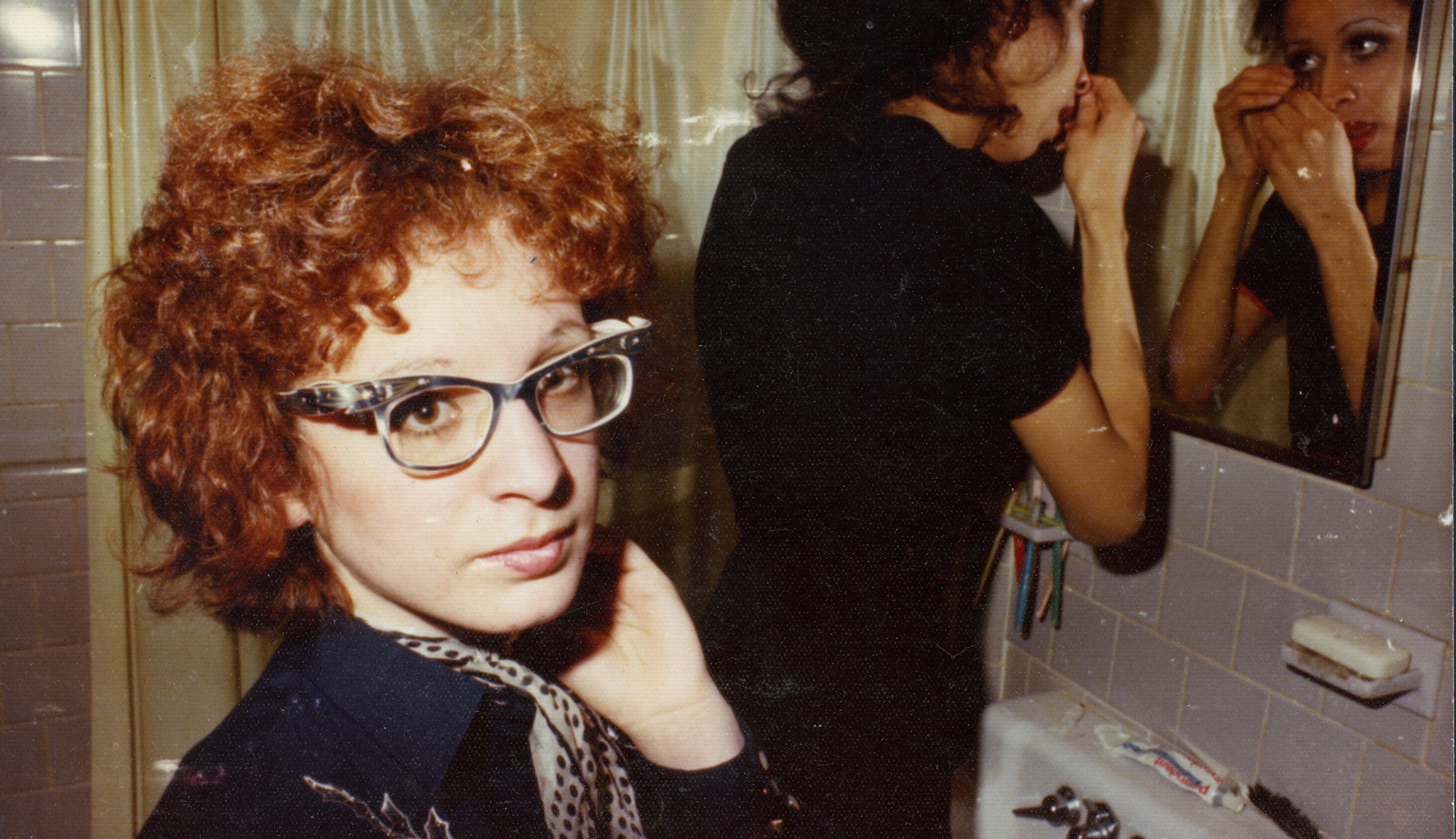
3. “THE NORTHMAN“
Much like Jordan Peele, Robert Eggers has increased the scope and budget of his third film while remaining true to his roots. This moody, violent take on the story that inspired Shakespeare to write “Hamlet” is by far the largest and most impressive work of his career so far, telling a story that spans countries and decades as Amleth seeks to avenge the death of his father he witnessed as a young boy. Presumed dead by the traitor, Amleth (played by Alexander Skarsgård, who hasn’t missed a gym day in three decades, it seems) grows into a fearsome berserker, infiltrating the remote farm his uncle runs as a slave. Despite the copious bloodshed on display here, “The Northman” is a film that takes its time, building to its catharsis with care and restraint. When Amleth finally does let loose, accompanied by a title card stating, “The Night Blade Feeds” (aka the most metal title card in the history of cinema), there is triumph, but it is tinged with the ultimately hollow nature of vengeance. Eggers’ love for detail and historical accuracy pays off quite well here, creating a world that feels both familiar and alien all at once, but it’s the character work from Skarsgård, Ethan Hawke, Anya Taylor-Joy and Nicole Kidman that makes “The Northman” one of the most memorable cinematic experiences of 2022.
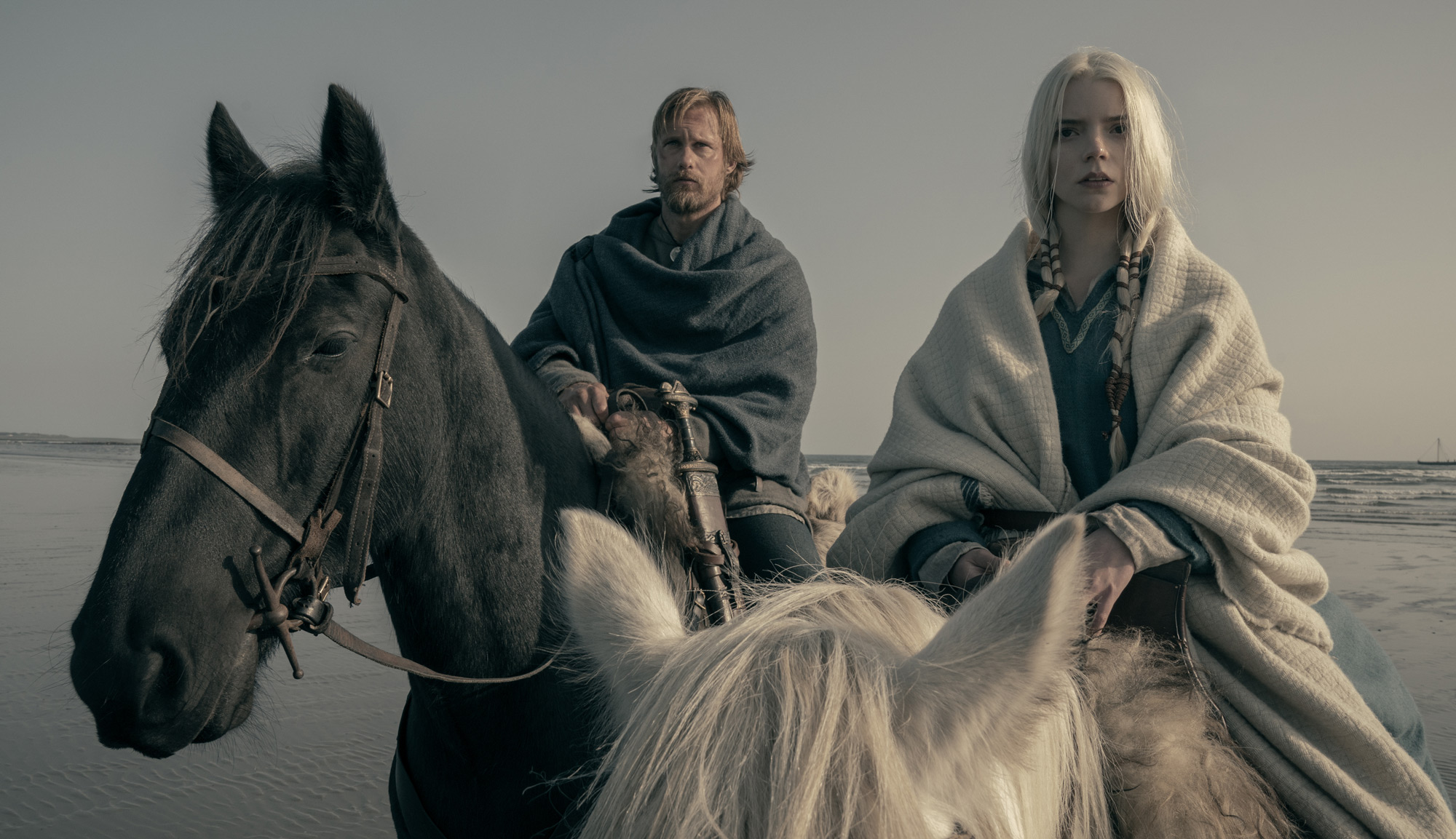
2. “THE BANSHEES OF INISHERIN“
I never cry at movies. It’s not some macho “real men don’t cry” garbage — it’s just not how I show my emotions 99% of the time. So, for me to spend almost the entirety of the last 20 or so minutes of “The Banshees of Inisherin” barely holding back choking sobs as tears ran down my face tells you a lot about what Martin McDonagh has accomplished here. Reteaming with his dynamic duo from “In Bruges,” McDonagh tells a tale of two friends who suddenly find themselves at odds for reasons one of them cannot possibly understand. Colin Farrell, who is at his absolute best here as a well-meaning but rather simple sort of man with no real prospects, spends most of the film akin to a wounded puppy, entirely mystified why Brendan Gleeson has decided he is no longer worth his time. Of course, being a McDonagh film, it peaks with violence and unnecessary bloodshed, galloping toward nihilism for no good reason. But people can be cruel just as often as they can be kind, and that intersection is what seems to make a guy like McDonagh wake up in the morning. By its end, “The Banshees of Inisherin” is undeniably tough to watch, but it finds true humanity in its heartlessness.
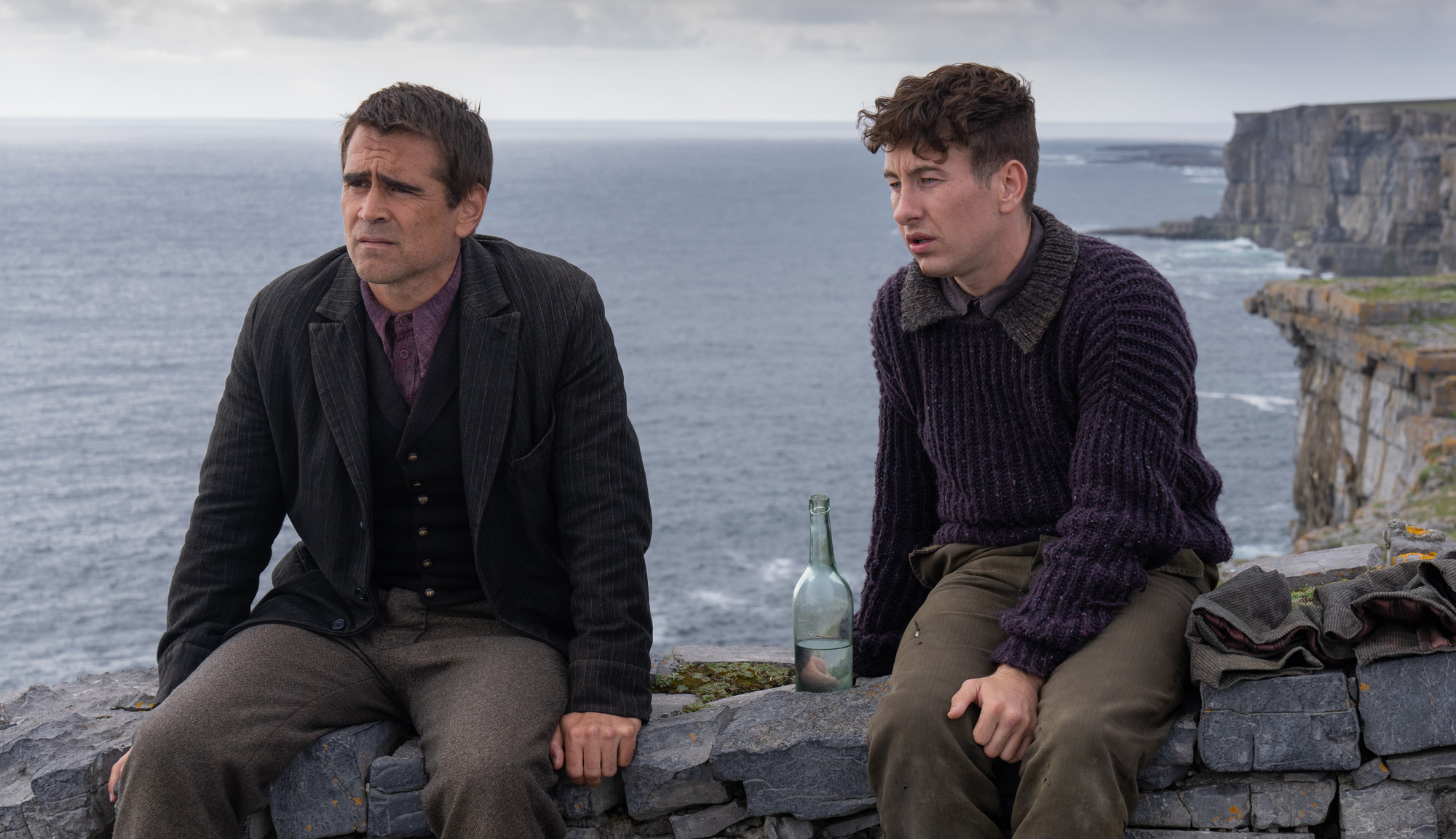
1. “THE FABELMANS“
This Stephen Spielberg guy is pretty good at making movies, it turns out. For his most personal film to date, a mostly autobiographical look at his childhood focused on how he became a filmmaker and how that tied into the divorce of his parents (a running theme in so many of his films), Spielberg made a movie that seemed like it would be the sort of treacly “ain’t movies grand” sort of pablum that “Empire of Light” turned out to be but has far more teeth than that. “The Fabelmans” has those moments of a young Sammy Fabelman staring in awe at the power of the cinema, but it takes those moments and makes them more about an innate desire for control that only being behind the camera can bring. The ensemble, led by young Gabriel Labelle alongside Michelle Williams, Paul Dano, Seth Rogen and particularly memorable cameos from Judd Hirsch and David Lynch, brings his childhood to life in a way that moves you, but not in the sort of way that Spielberg has relied on too much in his past. And yet, it’s also a showcase for Spielberg’s best work as a director, as he clearly finds a lot of joy in recreating the student films of his youth that made him the filmmaker he is today, and that joy is certainly infectious. The family drama is undeniably effective, making “The Fabelmans” the best that Spielberg has been in decades.
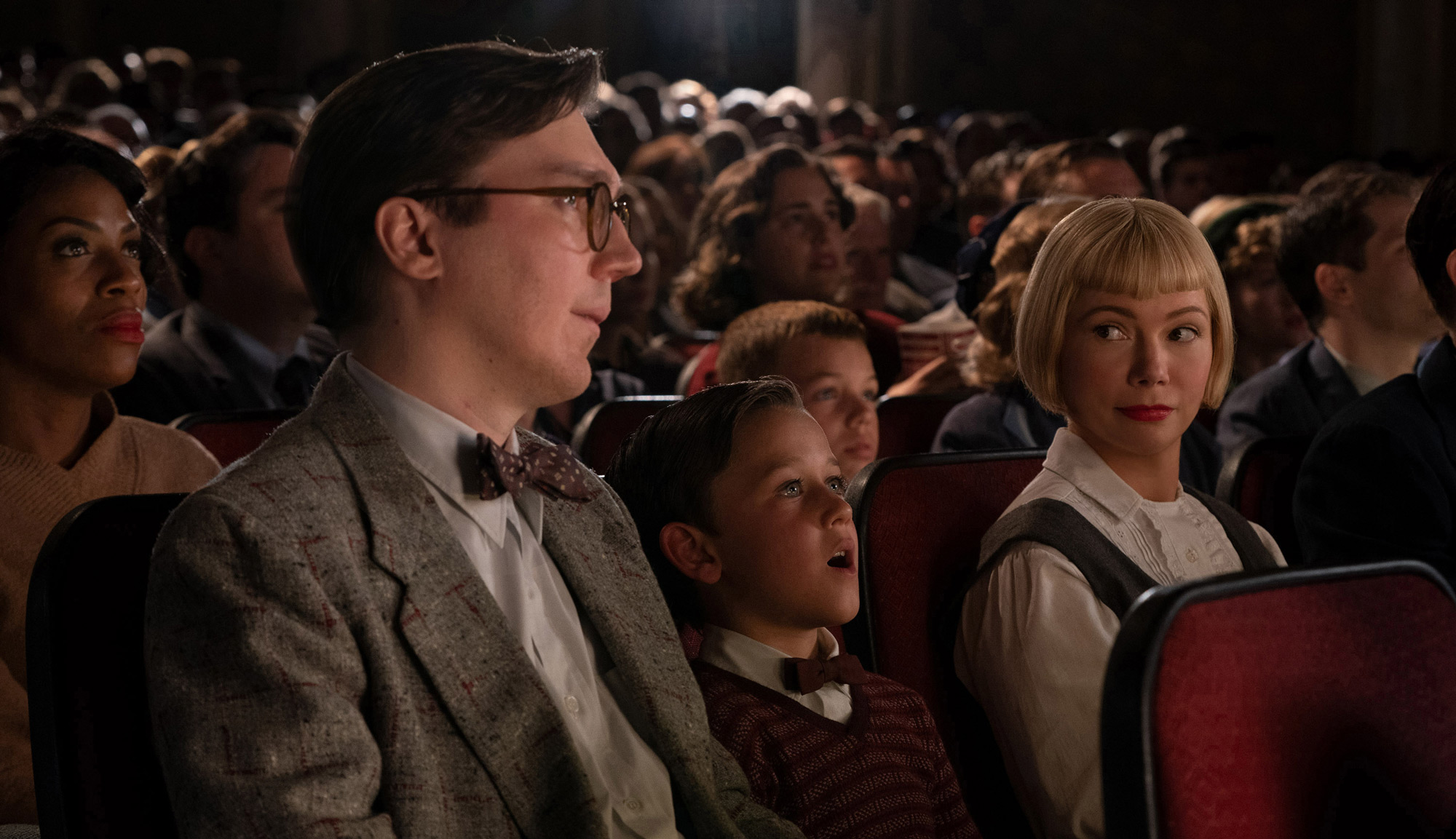
Check out Rob Dean’s 2022 Year-End Movie Review as well for Rob’s picks.


